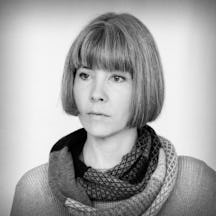Families moving to the Global North to escape violence elsewhere expect safety and the renewal of bright prospects. But many encounter a more insidiously destructive force: structural violence. Laura Bui learns who it affects and its likely impact – and realises that it has infused her own life choices.
What is structural violence?
Words by Laura Buiartwork by Jessa Fairbrotheraverage reading time 8 minutes
- Serial
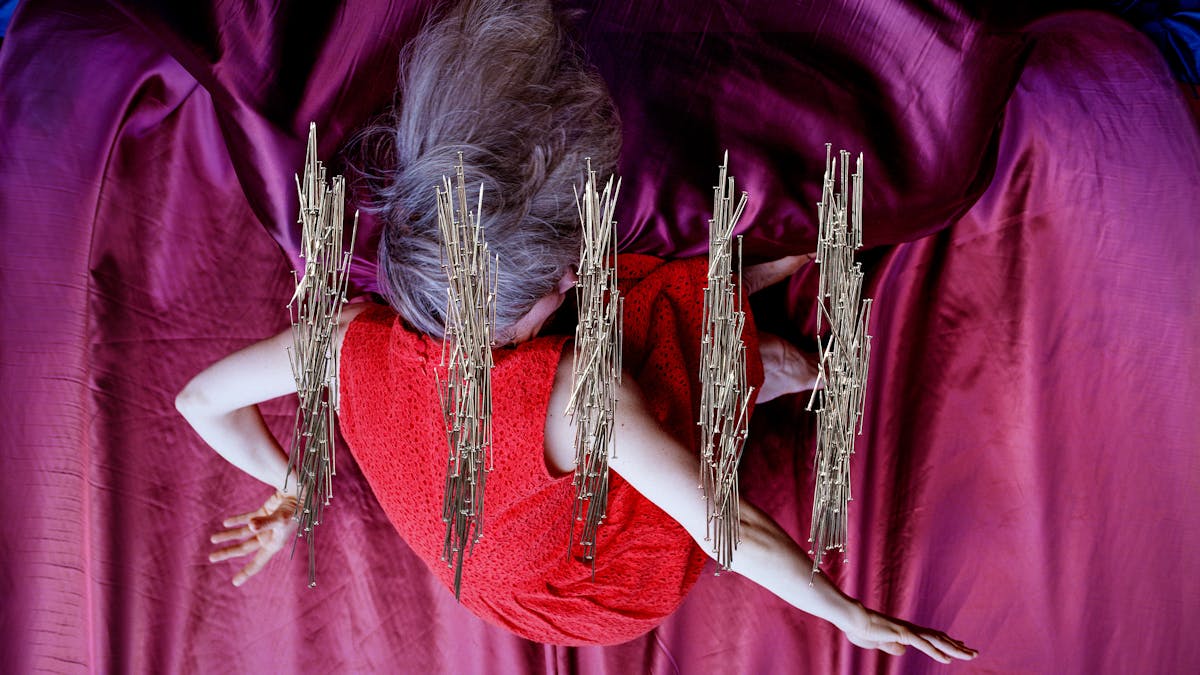
Even very early in my studies of psychology and violence, I was struck by the difficulties of adapting and belonging to a majority culture, especially if you are seen as part of a minority group. I saw how difficulties connecting cultures correlated with violence towards and within some marginalised communities.
Members of minority communities who were involved in violence often had traumatic life histories; their families had come to a new country for safety and stability, having escaped violence themselves. But coming to a new place might not mean the end of violence. Instead, you might encounter it in a different form.
Much of my time in Manchester is spent along Oxford Road, where two big universities line each side and face each other. A little further, past the Whitworth Gallery, the road gives way to another one, known as the ‘Curry Mile’, a stretch of what was once predominately curry houses ran by South Asians.
Now an eclectic mix of Middle Eastern eateries stand side by side with new and surviving South Asian businesses. Not too far from here lives Tawseef Khan, a solicitor specialising in immigration and asylum law. Khan has lived in Manchester his entire life, celebrating childhood birthdays at restaurants on the Curry Mile and later travelling along it to study at the university and to write in the cafés in the city centre.
On a Mancunian evening, I meet Khan to talk about structural violence. To me, whose research has been all about violence between people, structural violence is an unfamiliar dimension. But I think it will help me to better understand the many facets of violence and how it can be an intergenerational force.
The concept of structural violence
The term ‘structural violence’, introduced by sociologist Johan Galtung in 1969, helps to explain why there are a disproportionate number of deaths, illnesses and injuries for some people compared to others.
Galtung pointed to the unequal power that is afforded to certain demographics and characteristics (all the better if you possess many of these!), like for example, to those who are male and belong to the upper socioeconomic class. These power imbalances are embedded in political and economic systems, leading to an inequality in the life chances we are dished out.
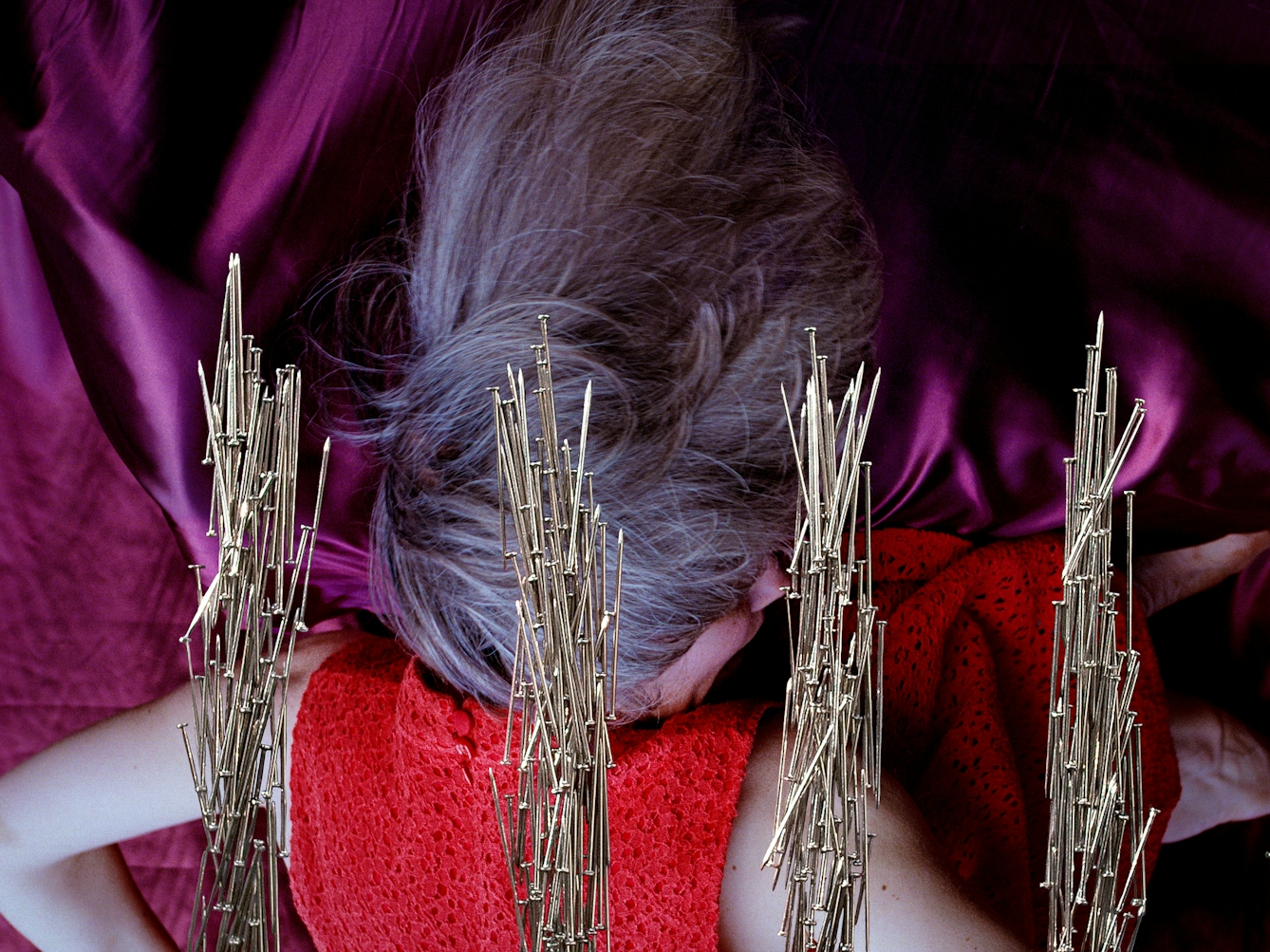
“To me, whose research has been all about violence between people, structural violence is an unfamiliar dimension.”
‘Institutional racism’ is an apt example of this and has begun to appear in mainstream media and in everyday conversation because of recent events in the UK and globally.
Social institutions and structures are violent towards people they are meant to support.
The concept explains that negative discrimination and presumptions made towards people of colour are embedded in social institutions – like our schools, media and government – and emerge through a variety of ways in daily life, such as having your intelligence repeatedly questioned; being stopped and searched more often than others who do not look like you; or not receiving a call back for a job interview because of your name. These all harm the people who experience them.
And that’s just locally in ‘the West’; globally, certain places and populations like in the Global South are kept from accessing life-saving medicine and care. Social institutions and structures are violent towards people they are meant to support.
How structural violence affects British Muslims
Khan’s recent book ‘Muslim, Actually’ blends together history, socio-cultural analysis and memoir to highlight what it is like to live as a British Muslim in post-9/11 times. Although he doesn’t use the term ‘structural violence’ in his book, the notion seems to be a central theme.
Khan connects structural violence and the unfavourable life outcomes for many British Muslims. He is adamant that the laws and policies that the UK government have pursued have adversely affected their quality of life. He thinks of the counterterrorism strategy, Prevent, which has disproportionately targeted Muslim children in schools, the vast majority of whom are brown, for innocuous behaviours like talking about video games and wearing a t-shirt bearing the name of an ancient Islamic ruler.
Khan finds these subtle forms of violence sinister. He refers to it as a “culture of suspicion” whose rhetoric can not only rouse tangible unpleasant consequences towards Muslims, but can also be internalised, where you start to believe these damaging ideas of born criminality about yourself and those categorised similarly. If this is everywhere, you feel you cannot escape it, which impacts on what opportunities you can access, your outlook on life and, ultimately, limits who you can be.
Such policies, enacted in our schools, breed a hesitance and anxiety about what can and cannot be expressed among these children. The racial biases that Prevent plays on are that Muslims are inherently violent, as 9/11 and the disproportional attention the subsequent media coverage apparently shows.
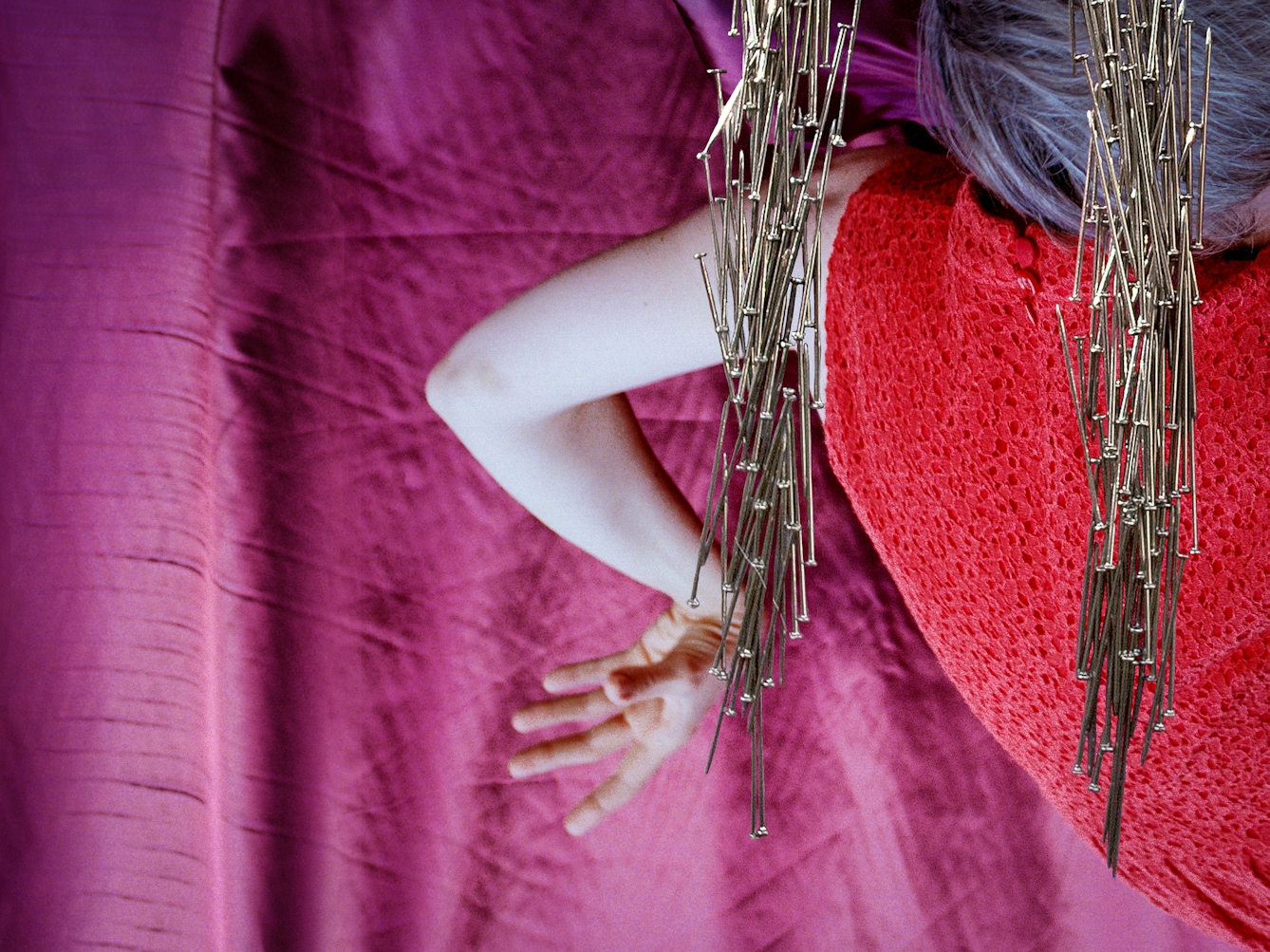
“‘Institutional racism’ explains that negative discrimination and presumptions made towards people of colour are embedded in social institutions – like our schools, media and government.”
The tentacles of violence
He describes the reach of this violence as ‘tentacles’, highlighting how it manifests in many different ways. This metaphor also shows how it can be monstrous – it reminds me of the legendary Kraken, wrapping its massive tentacles around oblivious ships and dragging them into the depths of the sea.
Often, he finds, if people do not see the violence, or if it happened in the long-ago past, they believe that it is not a present-day problem. He reflects on his relationship with his mother, who, when he was younger, he found overly protective.
As he grew older, he realised that her behaviour, which annoyed and frustrated him as teenager, stemmed from fear, which served as a constant reminder to her that the violence she experienced in her youth – from skinheads and the British National Party to politicians – would likely be experienced by her children. Unintentionally, his mother’s fear has been instilled in Khan too, a reminder that violence, whether he can see it or not, is a regular presence in his life.
When he travels, knowing what assumptions are made about his physical appearance, he is careful to trim his beard beforehand, so as not to trigger airport security, and ensures he isn’t wearing any metal. If he is searched, which is common, he has to stay calm, as otherwise any agitation will be mistaken for aggression – and not irritation for being assumed to be a security threat – which would provoke more checks, or worse. What he says reminds me of a line from Preti Taneja’s ‘Aftermath’: “Being imagined is a kind of violence.”
Imagination and invisible violence
There are dimensions of my life that are relatable to Khan’s, and they are to do with being imagined by others. When the edited essay collection ‘The Good Immigrant’ came out, I first didn’t understand why ‘immigrant’ seemed conflated with ‘race’. The many voices of that collection spoke of how stereotypes, as a legacy of colonial and imperial violence, affected their lives, including their family and communities.
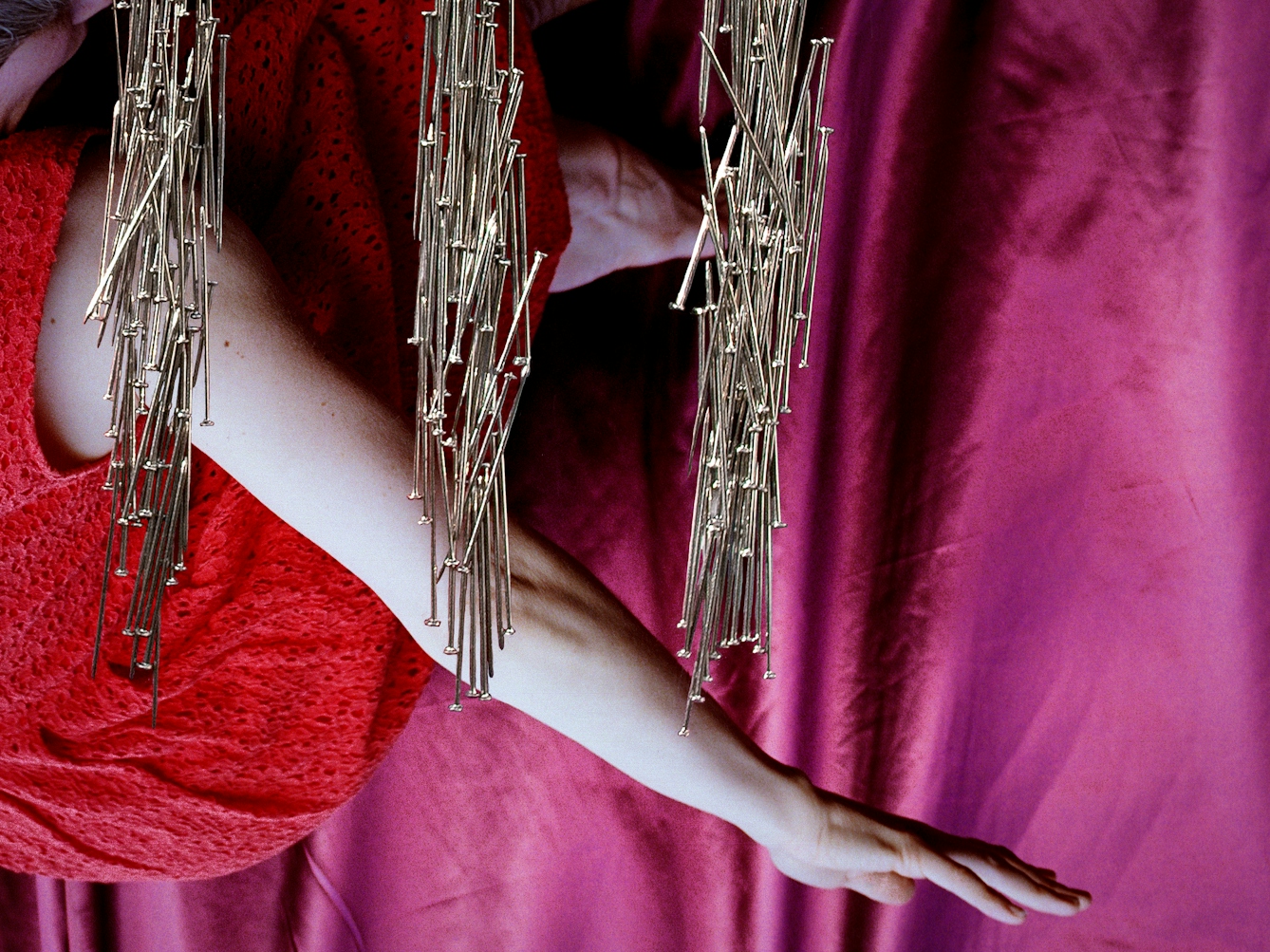
“Being imagined is a kind of violence” – Preti Taneja.
But it was apparent that invoking ‘immigrant’ had to do with the constant sense, as a person of colour, that you must be considered extraordinary – like win a gold medal at the Olympics – in order to be accepted and deemed “sufficiently one of us”. Even this only meant experiencing less harm than those who are not as extraordinary.
Sometimes I wonder how much of my ‘goodness’, like having done well in school and having what is considered a respectable profession, stems from a natural ambitiousness and how much it comes from this implicit expectation. Acceptance, though, is always tentative.
As structural violence is not visible in the same gory and tangible ways as physical violence, its connections to individual life outcomes and community conditions are not obvious to prove.
Those who cannot – or refuse to – acknowledge that this sort of violence exists often accuse those who call attention to it of ‘victimhood’. Critics say “these people” are making excuses for their lack of success and accomplishments and that they prefer to feel sorry for themselves, sitting around and expecting to be handed something good instead of working hard.
The idea of individual responsibility crops up to explain why a whole category of people fail at life. Sure, victimhood can characterise some people, and it can be hard to prove something that cannot be obviously seen and readily experienced by others.
But violence can be found in our biology and our earliest experiences, and is repeated across generations. Given the way it reaches deep into our lives in so many ways, is it really so hard to believe that it has found its way into our institutions too?
Sometimes, violence seems to be everywhere. The very places that we are meant to trust to protect and serve us may only do so for some and not for others. But have heart! There are some people who have dedicated their life’s work to preventing violence.
About the contributors
Laura Bui
Laura Bui teaches and researches crime and violence at the University of Manchester. Her research on these topics has appeared in academic journals and also in places like the literary anthology ‘Test Signal’, where she explored grief and the paranormal; the non-fiction journal ‘Tolka’, where she questioned what a (criminal) psychopath is really for; and BBC Radio 4, where she raised the questions we should really be asking about true crime.
Jessa Fairbrother
Jessa Fairbrother is a visual artist using photography, performance and stitch. Her long-term investigations revolve around subjects of yearning and the porous body. Her work is held in numerous private and public collections worldwide, including Tate Britain, the V&A, the Yale Center for British Art and the Museum of Fine Art, Houston. Her work is represented by the Photographers’ Gallery, London and AnzenbergerGallery, Vienna. She is also a QEST (Queen Elizabeth Scholarship Trust) scholar.

